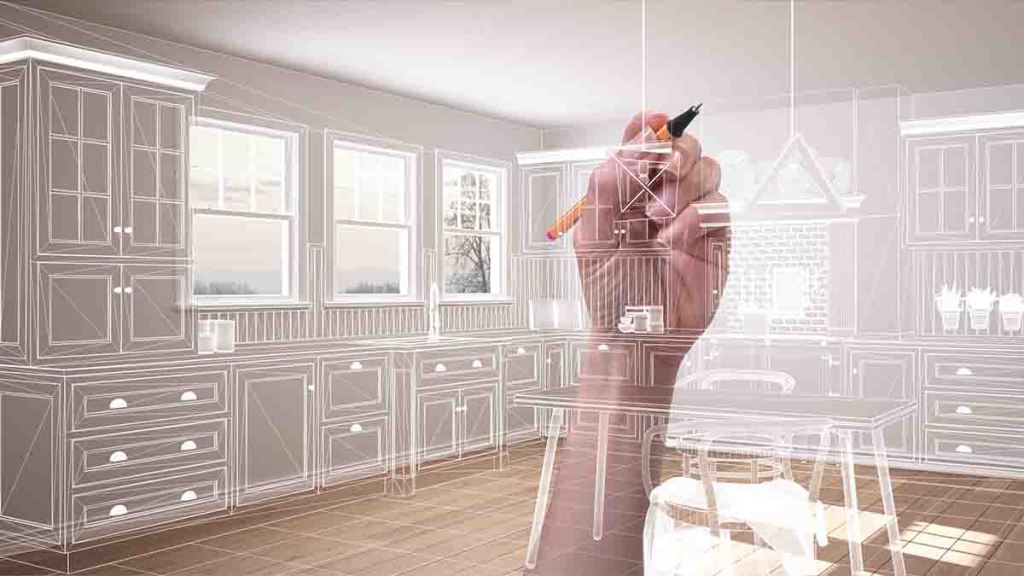Real estate investors, flippers and DIY homeowners are acutely interested in finding properties with significant upside potential. Those diamonds in the rough that with the right fixes, additions, and polish, can gain significant value. But whether it is picking the right city or the right part of town, the problem is how to find them systematically.
The remodel upside
Plunk has developed methods for simulating dozens of potential remodel and renovation projects for each individual property to estimate the impact on value, explicitly considering existing attributes, neighborhood context and hyper-local market dynamics.
MSAs with robust growth
Past analyses have attempted to quantify the value added by remodeling and renovations at a market level and have found significant variation. In that vein, we chose twelve Metropolitan Statistical Areas (MSAs) that have had robust growth, both in population and in home values, over the past five years, for a similar assessment using Plunk Remodel Upside. Findings are based on processing data for over six million single family homes, including all counties that constitute each MSA.
The map below highlights the aggregate PRU in each of the MSAs, quantifying the predicted percentage increase in value of the average property by completing recommended projects. These range from only 5.4% in Las Vegas up to nearly 30% in Dallas-Fort Worth, with the remainder scattered from 12% to 28%. So, what could explain this significant variation between markets?
One factor that quickly comes to mind is age, and in fact, Las Vegas has the newest single-family housing stock among these markets by a wide margin, with an average age of only 26.1 years (Phoenix is second at 31.3). If age were strictly correlated with PRU however, we would predict Boston, with an average age of 67.9 years, to have the highest upside value, but it is the second lowest at 12.3%.
The relationship between age and value
A clue to what might be going on comes from past research I have done, which shows that in most markets, there is a U-shaped relationship between the age of properties and value. That is, the oldest and the newest properties tend to be most valuable (given similar condition), with lower values in the middle, often around the 1970s.
Following this thread, we looked at the composition of the single-family housing stock in each market by the decade built. Below is a scatter plot of the relationship of the proportion of each MSAs housing stock built in the 1970s versus the average estimated upside potential.
This chart shows a clear relationship: markets with a higher proportion of housing stock from the 1970s have higher average upside potential. Las Vegas and Boston, the MSAs with the two lowest average PRU values, also have the lowest proportion of 1970s construction, while Houston, Tampa and San Diego all show average PRU over 26%, and have the highest proportion of houses built in the 1970s. The relationship between these statistics is not perfect, and other factors are certainly in play, but this pattern was not present for any other decade that we evaluated.
It’s not just the popcorn ceilings
Some might conclude that remedying the architectural and design shortcomings of 1970s construction (popcorn ceilings and press-board paneling!) can only increase value, but something more fundamental is at work. Houses built at that time are entering their fifties, which is often cited as the age where properties need significant renovation/remodeling to extend the useful life. Systems, such as plumbing, HVAC and electrical, plus windows and insulation, are sure to need attention if still in their original form.
A stylistics mismatch between 1970s construction and modern tastes also contributes to the value of renovations in these properties. In split-levels and other mid-range homes, the kitchen is often small and walled off from the rest of the house, while current preferences are for large, open kitchens. Homes also tended to be smaller than what current buyers are looking for, creating upside opportunities through additions.
Tapping into a home potential
This exploration of housing stock composition and PRU reveals a fascinating connection between the age of properties and their potential for value appreciation through renovation. While age alone does not dictate the PRU, our analysis demonstrates a notable relationship between markets with a higher proportion of 1970s construction and greater average upside potential. As houses from that era age, the need for significant renovation becomes apparent, offering investors and homeowners a promising avenue for unlocking value. Addressing both functional and stylistic shortcomings of these properties, such as outdated systems and architectural designs, can tap into the immense potential they hold.
Vince O’Neill is the Chief Economist for Plunk.


